
Concept explainers
a.
Sketch the graph of each function.
a.
Answer to Problem 14PS
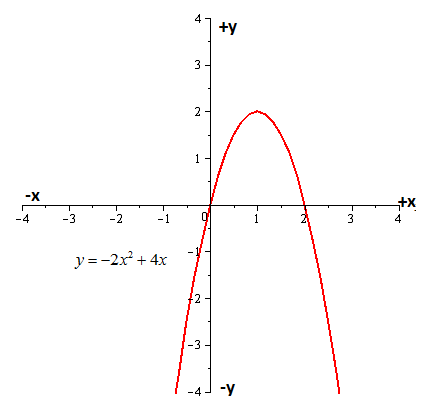
Explanation of Solution
Calculation:
The general rule of the function shifting vertically is as below,
The general rule of the function shifting horizontally upwards is as below,
Consider the following graph,
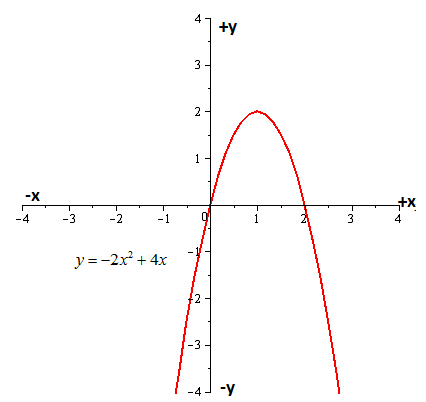
The above function looks like qudratic one end hence assume it as,
Observe the above function and following data is obtained,
Substitute each of the baove values on the general function as done below,
Substitute this value in the general function
Substitute
Solve (1) and (2), so that the values of constants are
Hence, the function of the above graph is
Now consider the function
Sketch the above graph using maple software as done below,
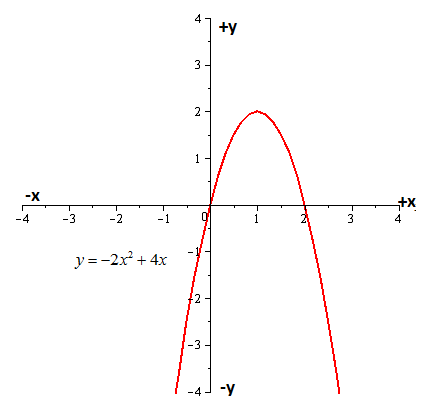
b.
Sketch the graph of each function.
b.
Answer to Problem 14PS
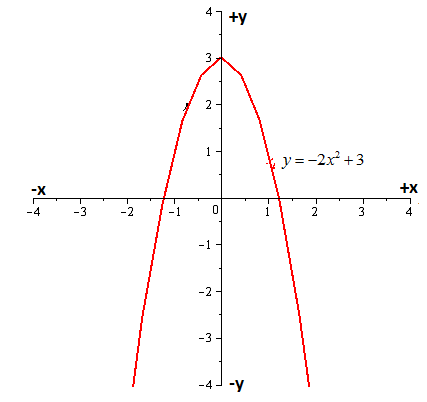
Explanation of Solution
Calculation:
The general rule of the function shifting vertically is as below,
The general rule of the function shifting horizontally upwards is as below,
Consider the following graph,
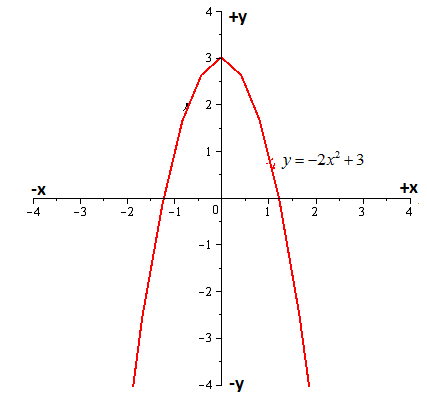
The above function looks like qudratic one end hence assume it as,
Observe the above function and following data is obtained,
Substitute each of the baove values on the general function as done below,
Substitute this value in the general function
Substitute
Solve (1) and (2), so that the values of constants are
Hence, the function of the above graph is
Now consider the function
The graph will be shifted
Sketch the above graph using maple software as done below,

c.
Sketch the graph of the function.
c.
Answer to Problem 14PS
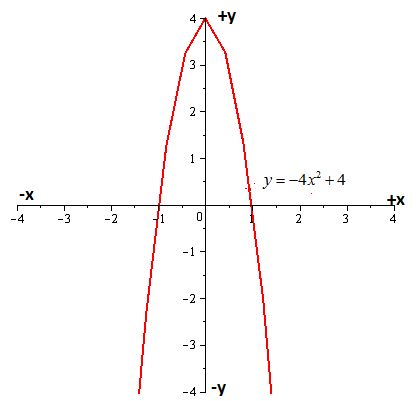
Explanation of Solution
Calculation:
The general rule of the function shifting vertically is as below,
The general rule of the function shifting horizontally upwards is as below,
Consider the following graph,
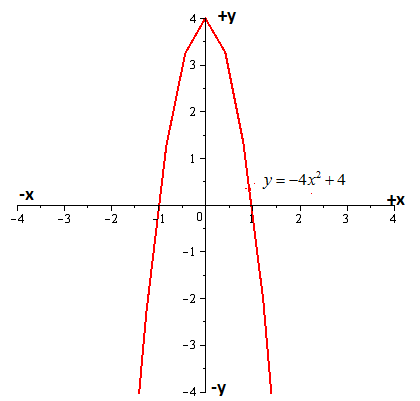
The above function looks like qudratic one end hence assume it as,
Observe the above function and following data is obtained,
Substitute each of the baove values on the general function as done below,
Substitute this value in the general function
Substitute
Solve (1) and (2), so that the values of constants are
Hence, the function of the above graph is
Consider the function
The graph of
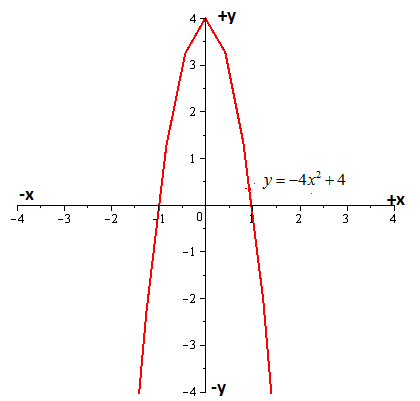
d.
Sketch the graph of each function.
d.
Answer to Problem 14PS
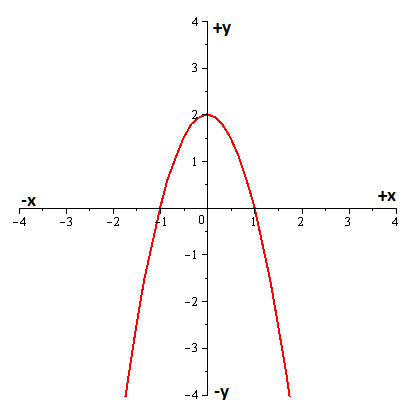
Explanation of Solution
Calculation:
The general rule of the function shifting vertically is as below,
The general rule of the function shifting horizontally upwards is as below,
Consider the following graph,
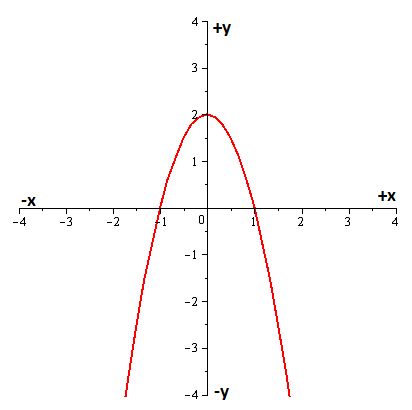
The above function looks like qudratic one end hence assume it as,
Observe the above function and following data is obtained,
Substitute each of the baove values on the general function as done below,
Substitute this value in the general function
Substitute
Solve (1) and (2), so that the values of constants are
Hence, the function of the above graph is
Consider the function
The graph of
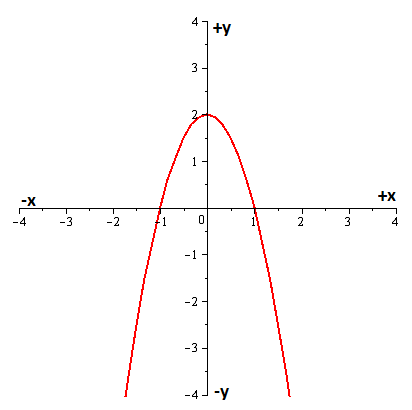
e.
Plot the graph.
e.
Answer to Problem 14PS
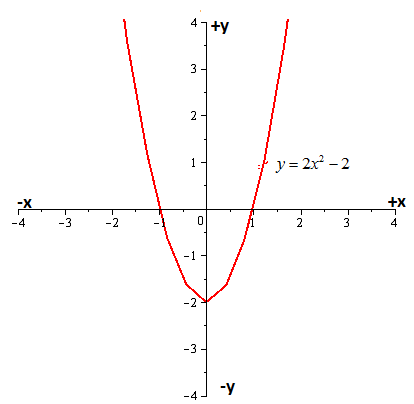
Explanation of Solution
Calculation:
The general rule of the function shifting vertically is as below,
The general rule of the function shifting horizontally upwards is as below,
Consider the following graph,
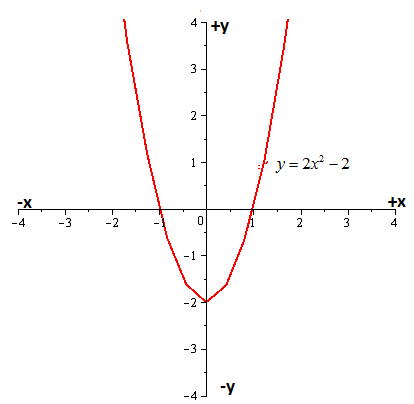
The above function looks like qudratic one end hence assume it as,
Observe the above function and following data is obtained,
Substitute each of the baove values on the general function as done below,
Substitute this value in the general function
Substitute
Solve (1) and (2), so that the values of constants are
Hence, the function of the above graph is
Consider the function
The graph of
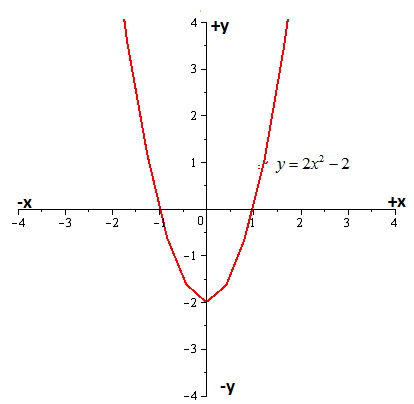
f.
Plot the graph.
f.
Answer to Problem 14PS

Explanation of Solution
Calculation:
The general rule of the function shifting vertically is as below,
The general rule of the function shifting horizontally upwards is as below,
Consider the following graph,
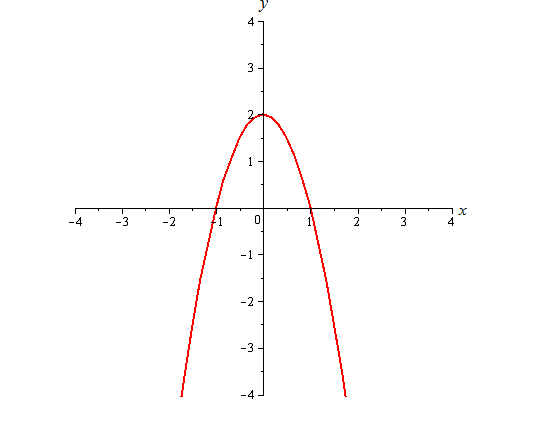
The above function looks like qudratic one end hence assume it as,
Observe the above function and following data is obtained,
Substitute each of the baove values on the general function as done below,
Substitute this value in the general function
Substitute
Solve (1) and (2), so that the values of constants are
Hence, the function of the above graph is
Consider the function
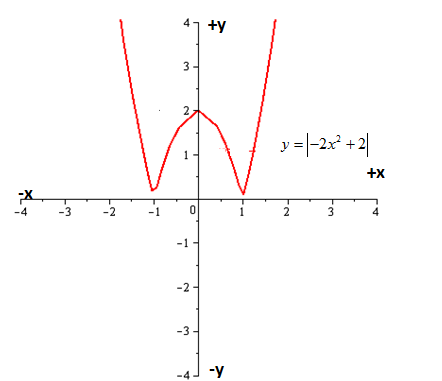
f.
Plot the graph.
f.
Answer to Problem 14PS

Explanation of Solution
Calculation:
The general rule of the function shifting vertically is as below,
The general rule of the function shifting horizontally upwards is as below,
Consider the following graph,
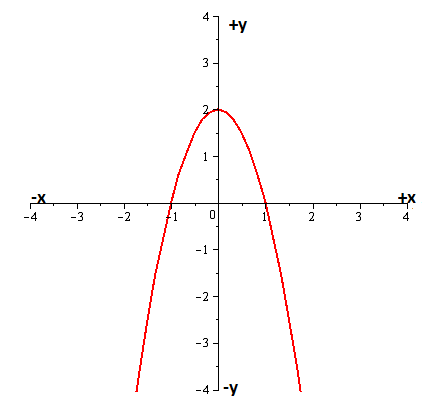
The above function looks like qudratic one end hence assume it as,
Observe the above function and following data is obtained,
Substitute each of the baove values on the general function as done below,
Substitute this value in the general function
Substitute
Solve (1) and (2), so that the values of constants are
Hence, the function of the above graph is
Consider the function
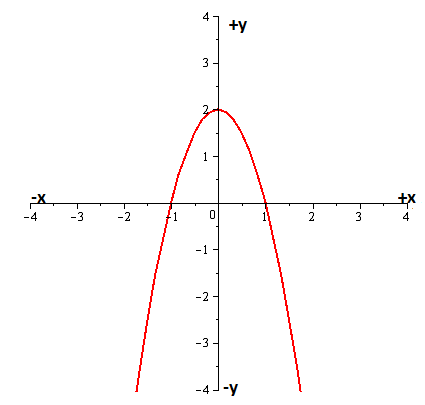
Chapter 1 Solutions
EBK PRECALCULUS W/LIMITS
- A 20 foot ladder rests on level ground; its head (top) is against a vertical wall. The bottom of the ladder begins by being 12 feet from the wall but begins moving away at the rate of 0.1 feet per second. At what rate is the top of the ladder slipping down the wall? You may use a calculator.arrow_forwardExplain the focus and reasons for establishment of 12.4.1(root test) and 12.4.2(ratio test)arrow_forwarduse Integration by Parts to derive 12.6.1arrow_forward
- Explain the relationship between 12.3.6, (case A of 12.3.6) and 12.3.7arrow_forwardExplain the key points and reasons for the establishment of 12.3.2(integral Test)arrow_forwardUse 12.4.2 to determine whether the infinite series on the right side of equation 12.6.5, 12.6.6 and 12.6.7 converges for every real number x.arrow_forward
- use Corollary 12.6.2 and 12.6.3 to derive 12.6.4,12.6.5, 12.6.6 and 12.6.7arrow_forwardExplain the focus and reasons for establishment of 12.5.1(lim(n->infinite) and sigma of k=0 to n)arrow_forwardExplain the focus and reasons for establishment of 12.5.3 about alternating series. and explain the reason why (sigma k=1 to infinite)(-1)k+1/k = 1/1 - 1/2 + 1/3 - 1/4 + .... converges.arrow_forward
 Calculus: Early TranscendentalsCalculusISBN:9781285741550Author:James StewartPublisher:Cengage Learning
Calculus: Early TranscendentalsCalculusISBN:9781285741550Author:James StewartPublisher:Cengage Learning Thomas' Calculus (14th Edition)CalculusISBN:9780134438986Author:Joel R. Hass, Christopher E. Heil, Maurice D. WeirPublisher:PEARSON
Thomas' Calculus (14th Edition)CalculusISBN:9780134438986Author:Joel R. Hass, Christopher E. Heil, Maurice D. WeirPublisher:PEARSON Calculus: Early Transcendentals (3rd Edition)CalculusISBN:9780134763644Author:William L. Briggs, Lyle Cochran, Bernard Gillett, Eric SchulzPublisher:PEARSON
Calculus: Early Transcendentals (3rd Edition)CalculusISBN:9780134763644Author:William L. Briggs, Lyle Cochran, Bernard Gillett, Eric SchulzPublisher:PEARSON Calculus: Early TranscendentalsCalculusISBN:9781319050740Author:Jon Rogawski, Colin Adams, Robert FranzosaPublisher:W. H. Freeman
Calculus: Early TranscendentalsCalculusISBN:9781319050740Author:Jon Rogawski, Colin Adams, Robert FranzosaPublisher:W. H. Freeman
 Calculus: Early Transcendental FunctionsCalculusISBN:9781337552516Author:Ron Larson, Bruce H. EdwardsPublisher:Cengage Learning
Calculus: Early Transcendental FunctionsCalculusISBN:9781337552516Author:Ron Larson, Bruce H. EdwardsPublisher:Cengage Learning





